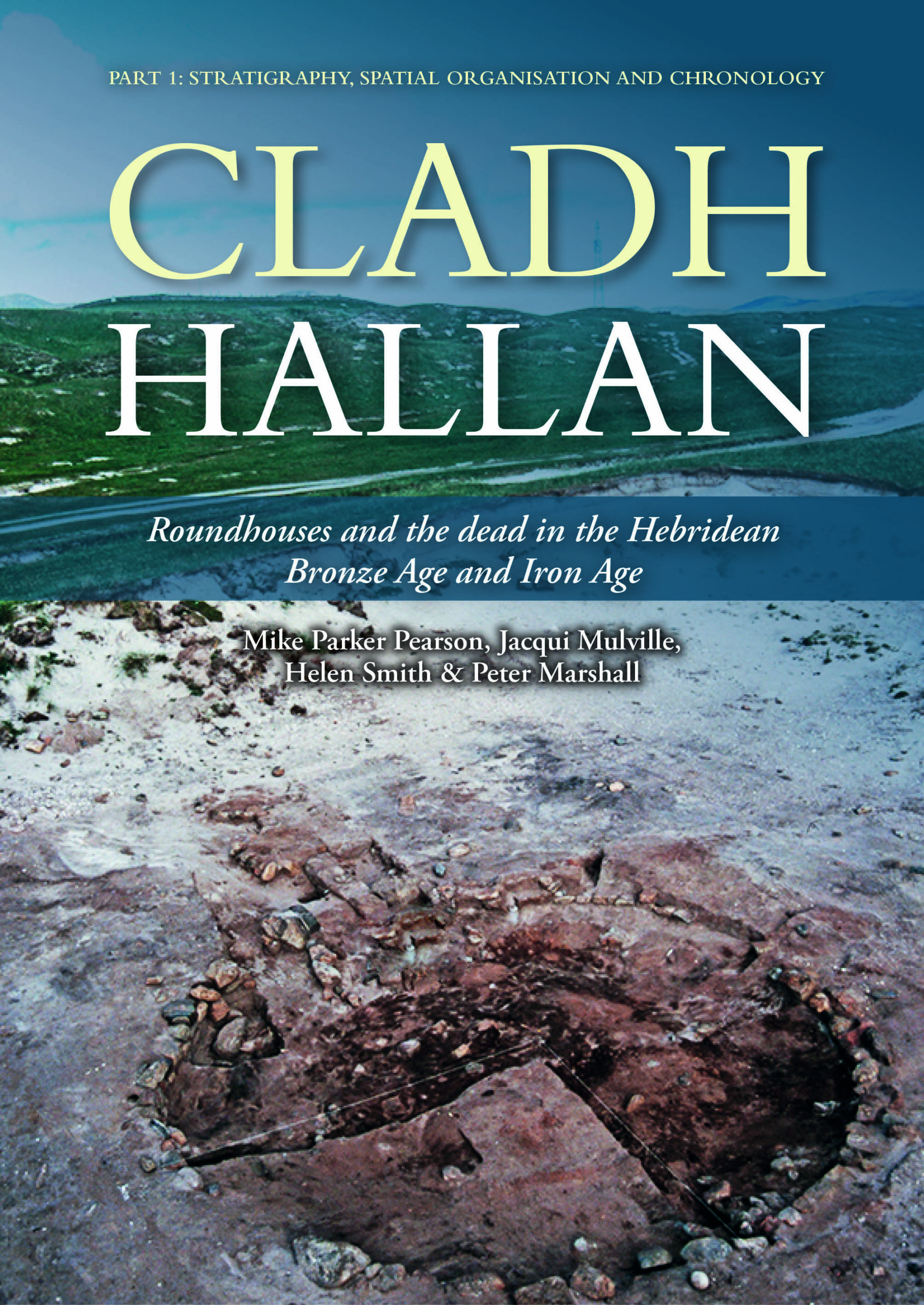Cladh Hallan is a rare archaeological site that has recently unearthed brand new information about life in Bronze and Iron Age Britain.
Here, the archaeologists behind the excavation give us an exclusive glimpse behind the red tape.

It’s an archaeologist’s dream to find intact house floors covered with the debris of daily life, showing where people cooked, ate, worked and slept. Such discoveries bring the past to life in intimate and personal detail. Cladh Hallan in the Outer Hebrides is one of those rare cases where prehistoric roundhouses have their floors, hearths and wall bases preserved, not just from a single moment in time but from eight chronological phases – these houses were inhabited for over 500 years, from the Late Bronze Age to the Iron Age. Integrated multidisciplinary scientific analyses reveal how different houses were used variously as residences, workplaces, storage spaces and animal shelters, and how different activities were assigned to different parts of the dwelling. Cladh Hallan has been the perfect testing ground for the theory that roundhouses were occupied in a sunwise arrangement in which people cooked and worked in the south and slept in the north, so that daily life indoors followed the diurnal cycle of the sun.
Foundation burials and other offerings beneath and on the floors further reveal how the domestic and the spiritual were intertwined. The sunwise arrangement served as an additional metaphor for the human life cycle, progressing from birth in the southeast to death in the northeast. At Cladh Hallan the northeast quadrant of the house was used as a shrine for loose human remains and exotic items, below which were foundation burials. Two of the Cladh Hallan burials were composites of separate individuals whose bodies had been mummified before being recombined. One of these, a woman, had been buried as a mummy in the 13th–12th centuries BC and was then exhumed from her grave in the 11th century BC. A man’s head was then placed on her headless body and this composite was reburied in a new spot as a foundation deposit underneath one of the roundhouses.

The extraordinary preservation of houses, artefacts and bones at Cladh Hallan allows us to learn just how much the prehistoric past is a foreign country, where people did things differently. Thanks to the site’s remarkable stratigraphy, the rhythms of roundhouse life can be reconstructed, from the daily round to longer cycles punctuated by house building and rebuilding, the moments when bronze weapons and tools were cast.

This book is the first of two volumes detailing the excavations at Cladh Hallan between 1989 and 2003. It covers the site’s stratigraphy, spatial organisation and chronology as well as its unusually large assemblage of pottery. The second volume will report on the other artefacts as well as on the human and faunal remains, the carbonised plant remains and other environmental evidence, including scientific studies of isotopes and ancient DNA.
Cladh Hallan: Roundhouses and the Dead in the Hebridean Bronze Age and Iron Age (Part 1)
By Mike Parker Pearson, Jacqui Mulville, Helen Smith and Peter Marshall
The first of two volumes, this book presents the archaeological evidence of a long sequence of settlement and funerary activity from the Beaker period to the Early Iron Age at the site of Caldh Hallan (South Uist, Western Isles of Scotland). Highlights include a cremation burial ground and pyre site, and a row of three Late Bronze Age sunken-floored roundhouses. The findings from this excavation not only served as the first evidence for mummification in Bronze Age Britain, but have provided insight into the spatial use of domestic interiors from the Late Bronze Age to the Early Iron Age.
Mike Parker Pearson is Professor of British Later Prehistory at the Institute of Archaeology, University College London. A distinguished prehistorian, he has been involved with many major projects, including leading the recent Stonehenge Riverside Project.
Oxbow Books | 9781789256932 | Hardback | £35.00
Special offer: £28.00
Available through Oxbow Books



